Mikuni Minato
Mikuni Minato once thrived as an important port for Kitamaebune ships sailing around Japan from the Edo Period (1603-1868) to the Meiji Period (1868–1912). Situated near the Mikuni Port Market, the town boasts numerous restaurants offering fresh seafood from the Sea of Japan. In this section, we’ll present recommended sightseeing spots, local dishes, and accommodations in Mikuni Minato.
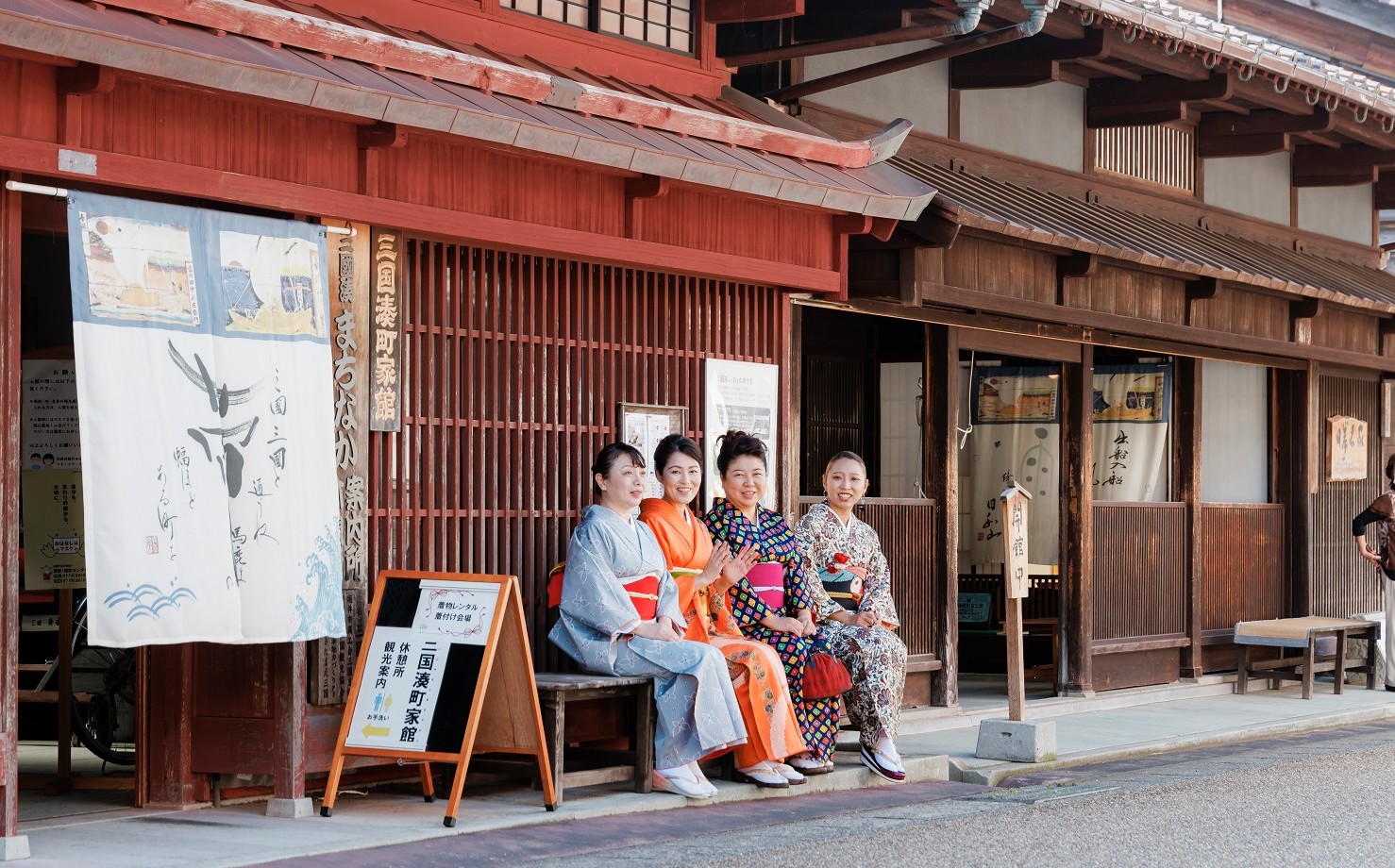
Discover Mikuni Minato’s Preserved Streetscapes From the Edo Period!
Mikuni Minato Exudes a Nostalgic Charm with Its Retro Townscape
Mikuni in Sakai City is a historic town whose name was first recorded over 1,000 years ago in historic documents. During the 17th and 18th century, it flourished as a bustling hub for the Kitamaebune sea trade connecting Osaka to the regions of the Sea of Japan, contributing to its maritime prominence. Although its mode of distribution has shifted from ships to railways over time, Mikuni Minato still preserves its historical charm with its opulent mansions belonging to past affluent merchants. It’s one of the reasons why it’s an ideal destination for leisurely strolls. Additionally, Mikuni Minato offers an array of fresh seafood unique to port towns, along with Mikuni soba noodles topped with grated spicy radish.
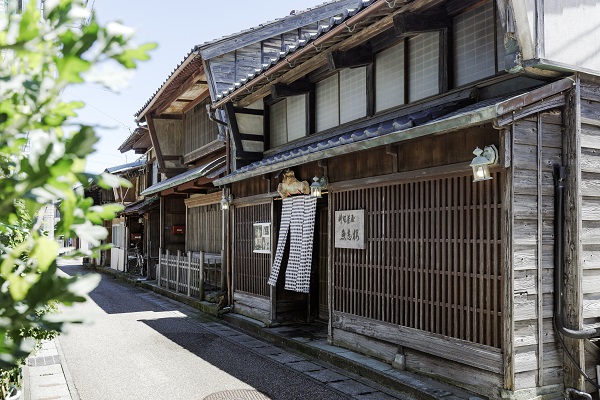
What Are These Kitamaebune Ships That Contributed to the Prosperity of Mikuni Minato?
“Kitamaebune” were merchant ships that engaged in trade from the mid-18th century to the late 19th century, traversing from Osaka to Hokkaido along the Sea of Japan. These ships did not merely carry cargo. They transported local specialties and hard-to-come-by products to remote areas, making huge profits as a result. Mikuni Minato flourished as a vital port for the Kitamaebune, growing over the years with townhouses, merchant residences, and warehouses.
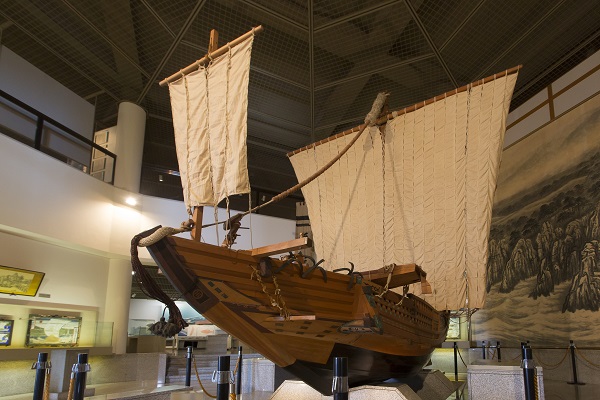
Must-Visit Attractions in Mikuni Minato
Former Kishina Family Residence and Former Morita Bank Head Office
Erected in the late 19th century, the Former Kishina Family Residence once served as the home of the Kishina family, the lumber magnates of Mikuni Minato. The residence features a preserved ledger room and tatami straw-mat room on the ground floor.
The former Morita Bank Head Office, constructed in 1920, served as the headquarters of Morita Bank, established by the affluent Morita merchant family. It stands as the oldest reinforced concrete structure in the prefecture, boasting a striking exterior with classic Western European design elements and an intricately patterned stucco interior.。
Former Morita Bank Head Office

Former Oki Hardware Store, Megane Bridge, and Mikuni Port Market
The Former Oki Hardware Store, a Japanese-Western building erected in the first half of the 20th century, originally functioned as an antique shop and residence during the post-war period. Today, it has been transformed into the French restaurant S’Amuser.
Adjacent to Mikuni Minato Station on the Echizen Railway lies the iconic Megane Bridge, constructed over a century ago. This historic brick landmark serves as a popular photography spot, particularly cherished by train enthusiasts.
In addition to historical attractions, Mikuni is renowned for its seafood, including the famous Mikuni Minato Echizen Crab, which visitors can see being auctioned off in the evening. These auctions are held irregularly from January to March when the local fishermen manage to catch enough to auction off.
during special events held irregularly from January to March. This unique tour is the only one in the prefecture offering such an experience.
Mikuni Port Market

The Mikuni Shrine Tower Gate: A Symbol of Mikuni Minato’s Prosperity!
Mikuni Shrine is an ancient sanctuary dedicated to the deities of mountains and agriculture, as well as Emperor Keitai who reigned in the first half of the 6th century. Today, it stands adorned with the grand Zuijin Gate.
Funded through contributions from merchants and local families in the late 19th century during the height of the Kitamaebune trade, this gate is an imposing symbol of Mikuni Minato’s prosperity. The shrine’s intricately carved worship hall and the majestic 600-year-old zelkova tree are other noteworthy highlights.
Mikuni Shrine
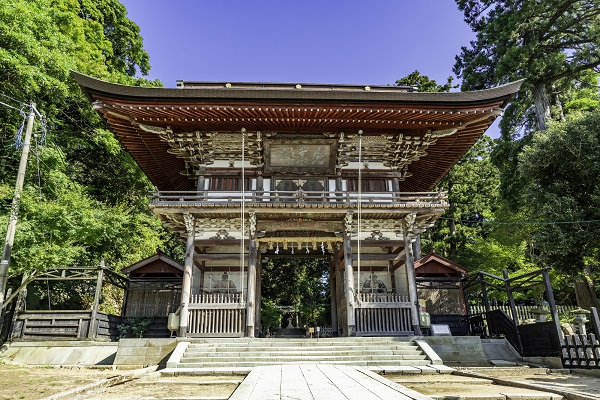
Breathtaking Seasonal Attractions
Mikuni Minato boasts stunning nature spots where seasonal flowers bloom. The Mikuni Minato Station House, a replica of the original structure built in 1913, is surrounded by cherry blossoms that are in full bloom from early to mid-April, creating a picturesque scenery alongside the vintage station house. Explore Mikuni Minato by taking a stroll around the area and visiting the aforementioned historical buildings.
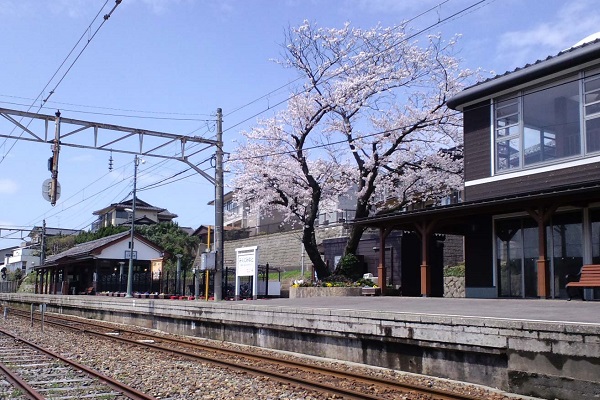
Modern Taste Meets Traditional Culture!
Recommended Stores
Itoya is a shop renowned for its consistent production of Mikuni chochin, paper lanterns designated as one of Fukui Prefecture’s local traditional crafts and an indispensable part of the Mikuni Festival.
With prior reservation, visitors can try their hand at crafting their own original lantern, from painting to stretching Japanese paper over the framework.
At Takeyoshi, patrons can enjoy Edo short songs while savoring green tea. Additionally, guests will have a chance to try playing the shamisen in the tatami straw-mat room.
Takeyoshi
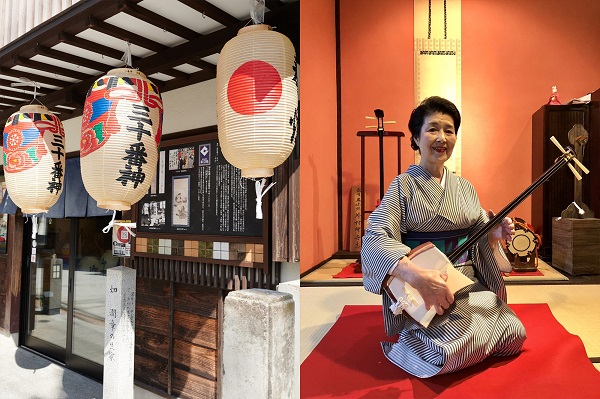
Mikuni Chochin Lanterns Play a Vital Role in the Mikuni Festival! Insights from Mariya Kojima of Itoya
When Itoya was first established in 1791, it was a general store. It was my grandfather who started making chochin. Our lanterns are used in the Mikuni Festival, and altogether we make about 60 of them for various shrines and districts. The production time for our Takahari chochin lanterns used in the festival takes about 8 hours from frame assembly to completion. However, we also apply oil to the finished product for waterproofing in a process called “yubiki,” which takes about 10 days. While my father never explicitly said he wanted to pass the craft down to his children, I just took to it, and through it I realized how remarkable it is to sustain something for such a long time amidst a rapidly-changing world. The people of Mikuni have a strong love for their hometown and give it their all during the Mikuni Festival. Through diverse production methods and improvements in working conditions, I hope to pass down the traditions of Mikuni to the next generation. Mariya Kojima Manager of Itoya and Chochin Craftsperson
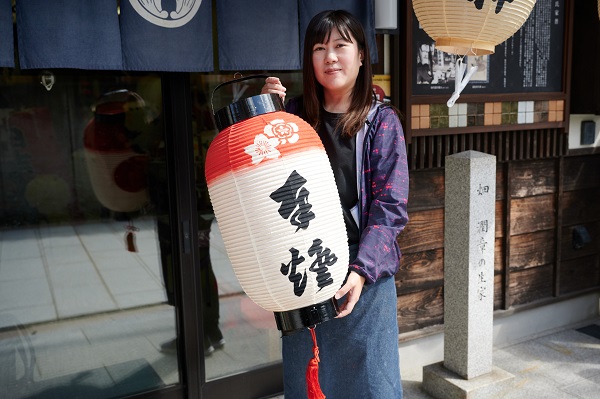
The Mikuni Festival: A 300-Year-Old Tradition!
What Are the Highlights of the Mikuni Festival Held at Mikuni Shrine?
Held at Mikuni Shrine, the Mikuni Festival has endured for 300 years since the Edo Period, standing as one of Hokuriku’s three major festivals. Taking place annually over three days from May 19 to 21, the festival draws up to 100,000 worshippers and is renowned for its spectacular float parade featuring 6.5-meter-tall warrior dolls! Visitors can also admire these floats and dolls at the Sakai City Ryusho Museum.
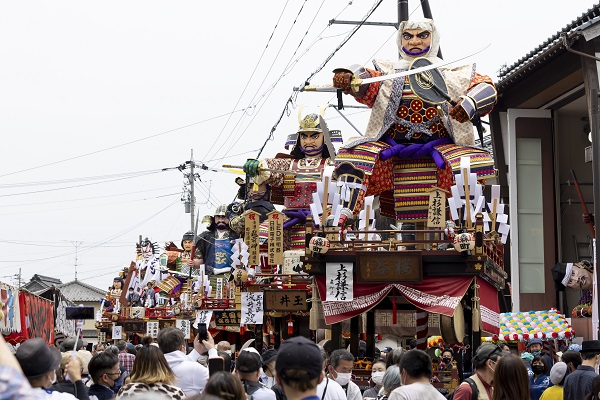
Hitomi Murata Passes on the Exciting Mikuni Festival Music to the Next Generation!
As the president of the Mikuni Minato Traditional Performing Arts Hatsuka Organization, I am dedicated to preserving and directing the music for the Mikuni Festival. Currently, there are about 50 adults and 20 children in our group. We teach the shamisen, the flute, the taiko drum, and more. We happily welcome people from outside the region who want to study traditional instruments and ride the festival floats. We tell the children on float duty to “stay involved with the Mikuni Festival” even after their musical performances are done. In fact, there was a case where a woman who grew up in Mikuni married and had children outside the city, and her child practiced taiko drums online with us and later rode on the Mikuni Festival floats. I want to continue passing down Mikuni Festival’s music in a way that suits the modern era. Hitomi Murata President of Mikuni Minato Traditional Performing Arts Hatsuka Organization
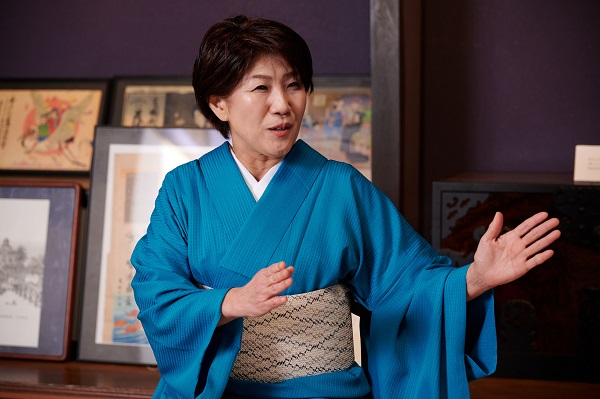
Stay at the Area’s Most Talked About Accommodation!
Stay at Tsumesho Mikuni, a 100-Year-Old Townhouse
Tsumesho Mikuni is an exclusive guesthouse that accommodates only two groups per day. This modern inn is housed in a century-old apothecary’s residence, retaining its original courtyard garden and tatami rooms. Just a minute’s stroll from Tsumesho Mikuni is S’Amuser, where a locally-born chef crafts inventive French cuisine using locally-sourced ingredients. There are many other delightful dining spots nearby such as Uoshiro, a Japanese restaurant established in the 19th century and housed in a main building designated as a national tangible cultural property. There is also LULL, a French restaurant located in a renovated traditional house by the sea.Uoshiro
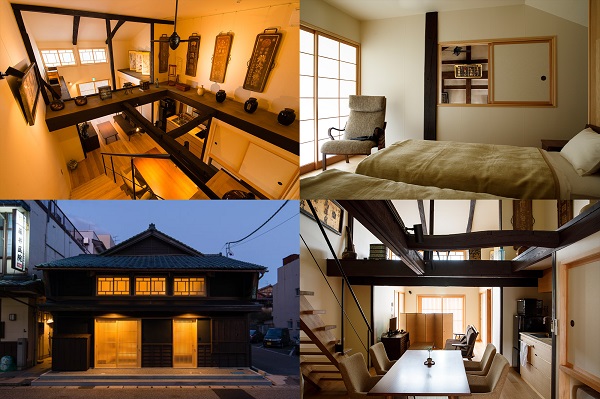
Experience the Essence of Mikuni at Auberge Homachi Mikuniminato
Auberge Homachi Mikuniminato is a hotel made up of 16 rooms and one restaurant spread across nine meticulously renovated, traditional buildings. The Tateru Yoshino Mikuni Minato restaurant is headed by Tateru Yoshino, renowned for the successful launches of several world-class dining establishments. The restoration of these historic homes incorporates Fukui Prefecture’s unique shakudani stone, which takes on a blue hue when wet.Auberge Homachi Mikuniminato
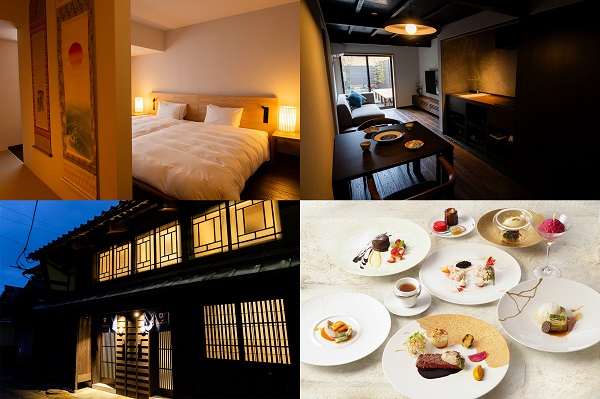
Information
| Name | Mikuni Minato |
|---|---|
| Related Links | https://kanko-sakai.com/spot/k007/ |












